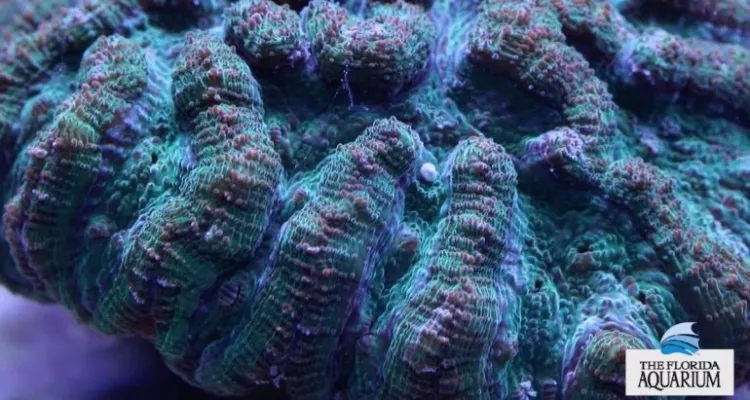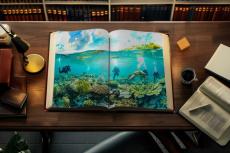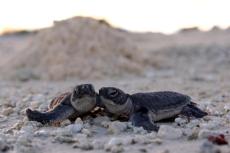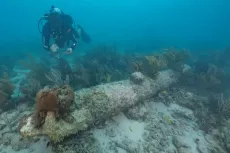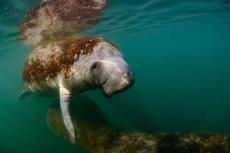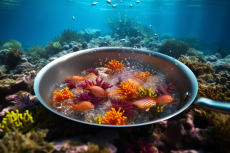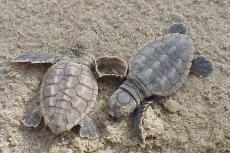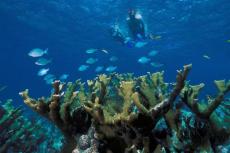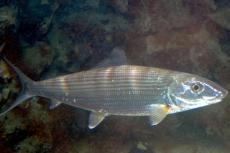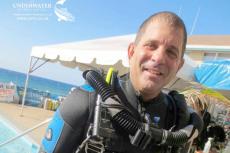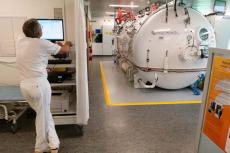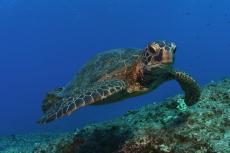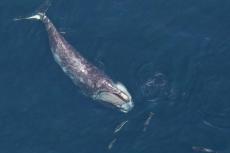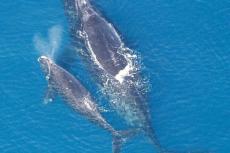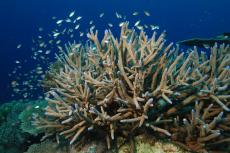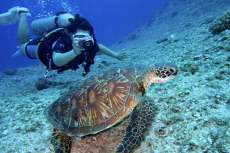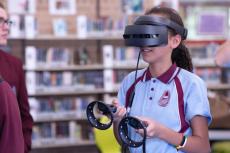Scientific breakthrough could save Florida’s Reefs
The corals were rescued by the Florida Fish and Wildlife Conservation Commission and NOAA Fisheries after an outbreak of Stony Coral Tissue Loss disease commenced 2014. Previously, little was known about ridged cactus coral reproduction, as no photos, videos, or published studies were ever done on the species' reproductive biology.
Ridged cactus corals are brooding coral, as only their sperm, not the eggs, is released into the water. The eggs are then fertilized, and larvae development occurs within the parent coral. Upon being expelled, the baby coral swims until they find a place on the reef where they can anchor.
Breakthrough
Scientists are now caring for the rescued adult coral colonies to breed and reproduce in hope of restoring the reefs once the disease has passed. In the process, scientists are discovering basic information on their biology, such as when they have babies or what their larvae look like.
"We are losing coral species faster than we can learn about them," Keri O'Neil, senior coral scientist at the Florida Aquarium. "This breakthrough is just really exciting; we're still learning basic new things you'd think we've known for hundreds of years. It's just people never worked with this species before and now that we have the opportunity to work with these corals in the lab, we're going to find out so much more about them."
Reproduction process
After witnessing the corals "give birth" for the first time, scientists discovered the larvae of this species' to be the largest they have ever seen. Spawning commenced in early April and to date, over 350 coral babies have been released. The next step is to discover how long the larvae swim before settling and becoming adult coral.
"Healthy coral reefs are vital to the survival and quality of life of humans and animals, especially here in Florida and throughout the Caribbean and Gulf of Mexico. We believe it's our responsibility to save the Florida Reef Tract from disappearing," said Roger Germann, president of The Florida Aquarium.
{"preview_thumbnail":"/sites/default/files/styles/video_embed_wysiwyg_preview/public/video_thumbnails/iaVBpZfG870.jpg?itok=BWV21N9n","video_url":"https://www.youtube.com/watch?v=iaVBpZfG870","settings":{"responsive":1,"width":"854","height":"480","autoplay":0},"settings_summary":["Embedded Video (Responsive)."]}
'Project Coral'
The aquarium is part of "Project Coral" , a program designed to spawn coral with the goal of ultimately repopulating the world's coral reefs. The project works in partnership with London's Horniman Museum and Gardens to induce corals to spawn or release their eggs and sperm in a lab. A year prior, aquarium scientists became the first in the world to successfully reproduce Atlantic Ocean in a lab setting.
Project Coral utilizes advanced LED technology and computer-control systems to signal corals to reproduce by mimicking their natural environment. "And just think, a solution to the next pandemic or human illness could be discovered from healthy coral reef," Germann added.
- Log in to post comments


